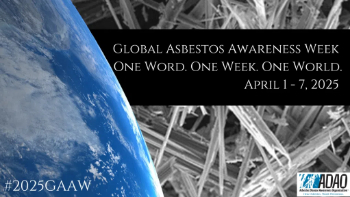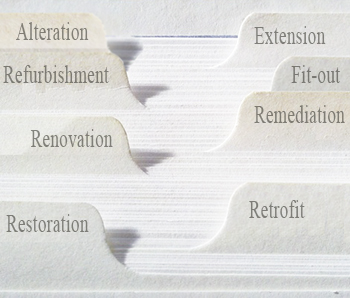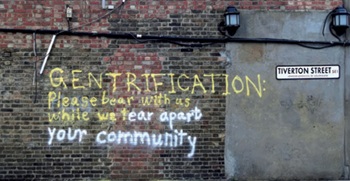Units
The term ‘units’ can have several different applications in the context of the built environment.
The term can refer to devices that form part of a more complex mechanism and have a specified function. For example; air handling units, chiller units, consumer units, fan coil units and so on.
It can also refer to a unit of measurement, which is used as a standard for measuring similar items. When any other quantity of the same kind is measured it can be expressed in those units. For example, the physical quantities of length or height. Metres, centimetres and millimetres are units of length that represent a definite predetermined length. In other words, 5 metres refers to five times the predetermined length of a metre.
The International System of Units (SI) is the most commonly adopted system of units.
The main units that are used are as shown in table below.
The same unit symbol, i.e. m, mm, kg, should be used for singular and plural values (e.g. 1 kg, 10 kg), and no full stops or any other punctuation marks should be used after the symbol, unless it occurs at the end of a sentence.
For more information, see Notation and units on drawings and documents.
Units can also refer to parts of a buildings or development, such as a ‘housing unit’; that is, a separate and independent dwelling that is intended for habitation by a single household. Since 2001, a dwelling has been defined as a self-contained unit of accommodation. This can include individual houses as well as individual flats within a tower block.
In project management, the term unit might be used to refer to a group of workers responsible for a particular element of the project.
[edit] Related articles on Designing Buildings
Featured articles and news
OpenUSD possibilities: Look before you leap
Being ready for the OpenUSD solutions set to transform architecture and design.
Global Asbestos Awareness Week 2025
Highlighting the continuing threat to trades persons.
Retrofit of Buildings, a CIOB Technical Publication
Now available in Arabic and Chinese aswell as English.
The context, schemes, standards, roles and relevance of the Building Safety Act.
Retrofit 25 – What's Stopping Us?
Exhibition Opens at The Building Centre.
Types of work to existing buildings
A simple circular economy wiki breakdown with further links.
A threat to the creativity that makes London special.
How can digital twins boost profitability within construction?
The smart construction dashboard, as-built data and site changes forming an accurate digital twin.
Unlocking surplus public defence land and more to speed up the delivery of housing.
The Planning and Infrastructure Bill
An outline of the bill with a mix of reactions on potential impacts from IHBC, CIEEM, CIC, ACE and EIC.
Farnborough College Unveils its Half-house for Sustainable Construction Training.
Spring Statement 2025 with reactions from industry
Confirming previously announced funding, and welfare changes amid adjusted growth forecast.
Scottish Government responds to Grenfell report
As fund for unsafe cladding assessments is launched.
CLC and BSR process map for HRB approvals
One of the initial outputs of their weekly BSR meetings.
Building Safety Levy technical consultation response
Details of the planned levy now due in 2026.
Great British Energy install solar on school and NHS sites
200 schools and 200 NHS sites to get solar systems, as first project of the newly formed government initiative.
600 million for 60,000 more skilled construction workers
Announced by Treasury ahead of the Spring Statement.
























